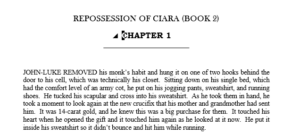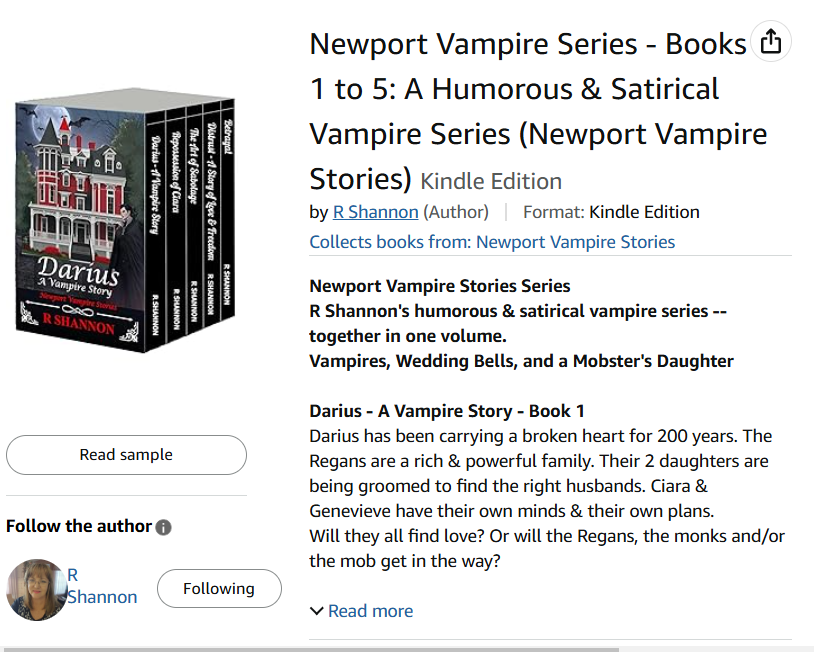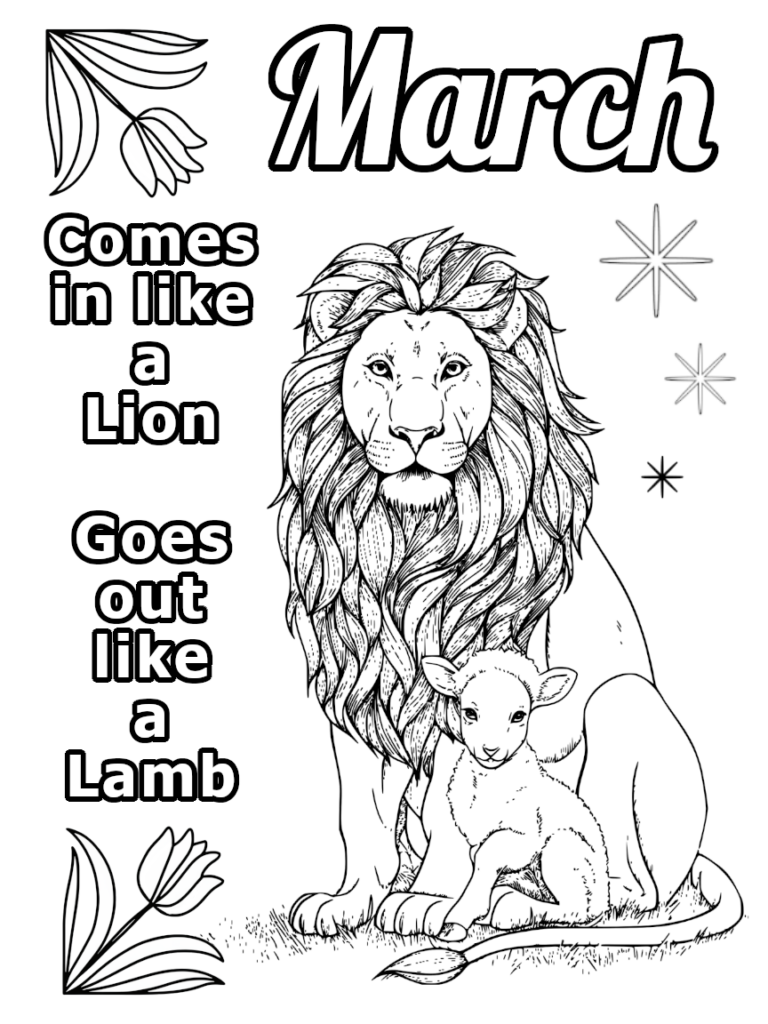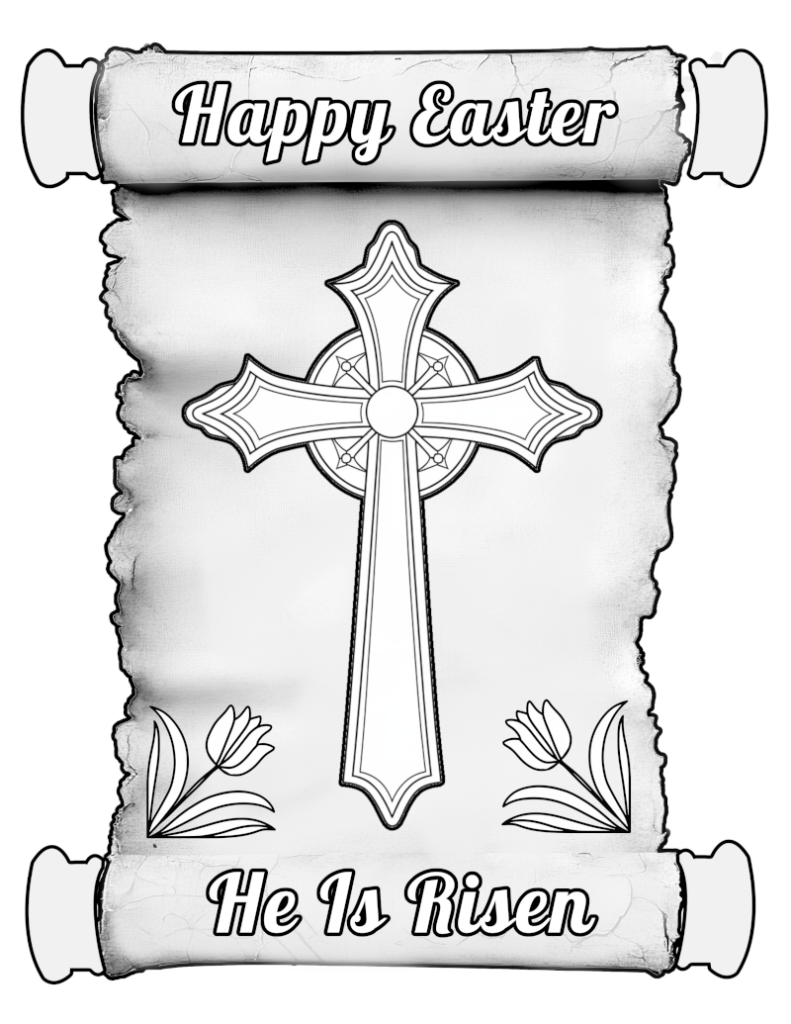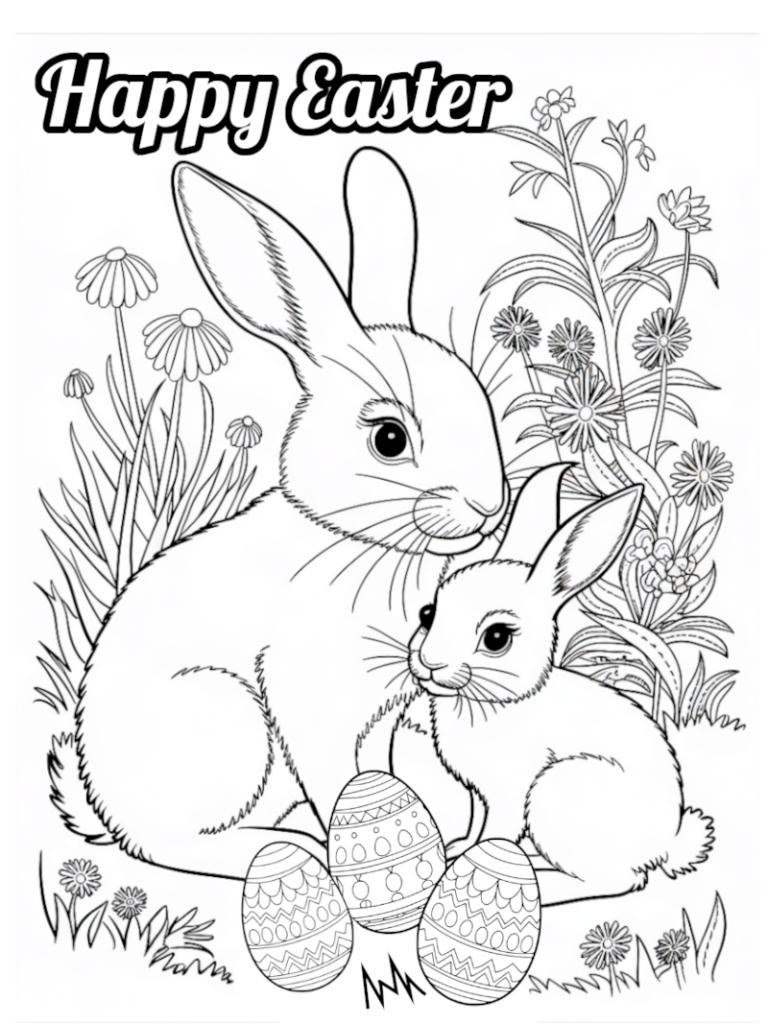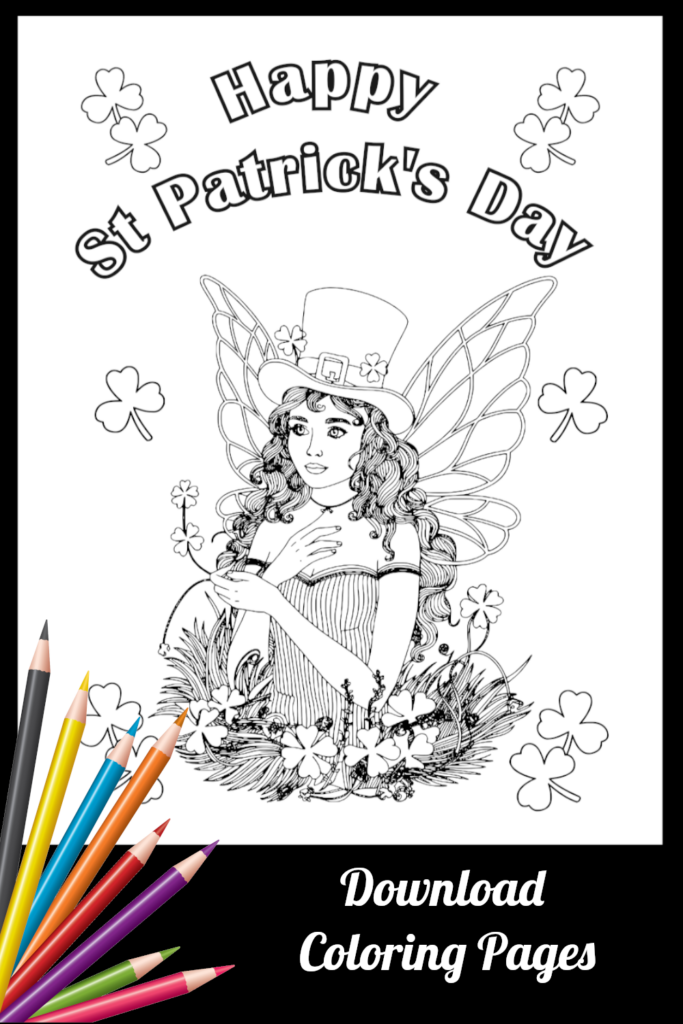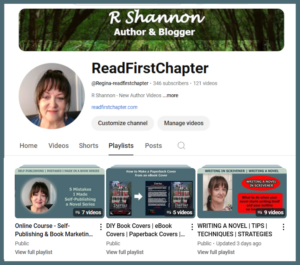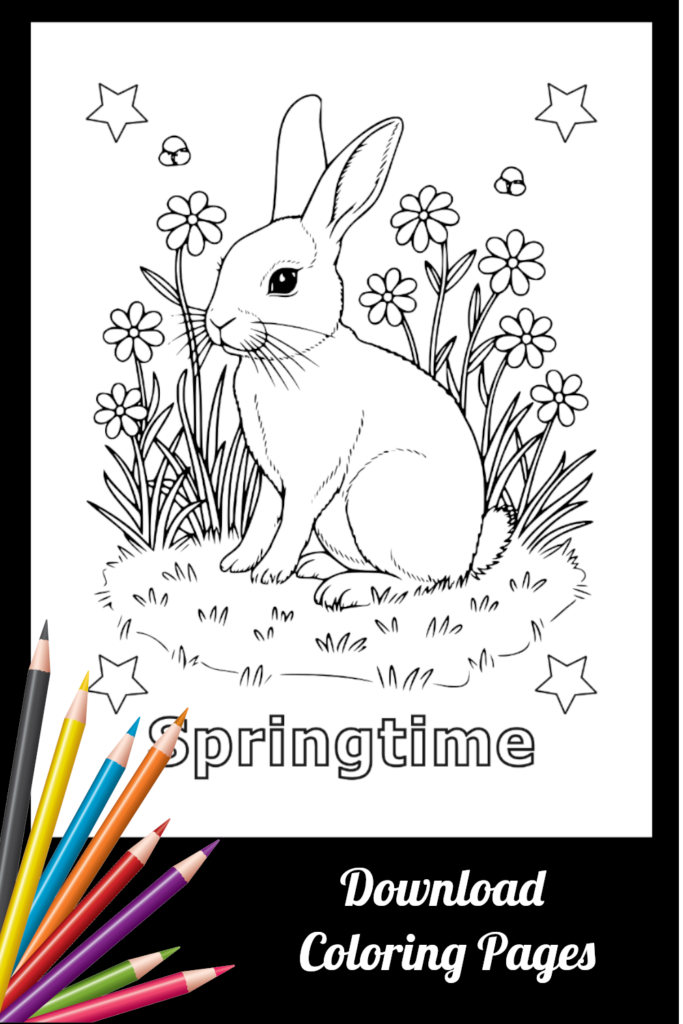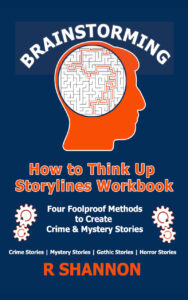
I just finished formatting and publishing a new workbook entitled Brainstorming: Thinking Up Storylines and wanted to make a blog post and video while all the information was fresh in my mind.
I made a few errors when creating my book, and hopefully, reading through these 13 tips, it will help you avoid those same errors.
1. You need to know the size book you want to create. That's called the trim size. The most common size for novel paperbacks in the USA is 6" x 9". Larger books have different printing costs. I published a workbook and it was 8.5" x 11".
2. You will feel most confident by downloading a template right from the KDP website. If you don't know the exact number of pages, you can use a template with the approximate number of pages. I didn't use a template. I just used very tight margins and the default print size in Microsoft Word. But if you want to download a template, you can find them
on this page: (https://kdp.amazon.com/en_US/help/topic/G201834230).
3. The inside layout of your book will depend upon how you set up your page margins. In some books, like children's picture books, you may want a more spatial look. For my workbook, I wanted my margins as tight as I could get them. They were 0.5" top, bottom and both sides. That's about as tight as you can make margins.
4. You need to know how much space to choose for the book gutter. Above is a snapshot from the KDP website showing the inside gutter margins based on how many pages will ultimately be in your book. As you can see, they have different measurements for bleed and non-bleed. If you are setting up your book from the beginning, you can work with an "approximate number of pages." If you click on the picture it will open a larger size. Otherwise,
here is a link to the KDP page with the information.Notice too that you need to choose based on bleed or no-bleed. These instructions and video are for the book that has no bleed. This means all the text, pictures and graphics will be inside the page margins.
5. This is for two changes under the File section of the document. We will embed fonts and choose not to shrink the photos.
5A: File > Options > Save > Embed fonts, check the top box only. But be aware that even though this is following the directions from the KDP website, you may get a message that say something like: Your fonts are not properly embedded, but we can embed them for you. Don't scramble around trying to fix them. It always says this. As long as you checked the top box, it will be fine. Below is a link to check the video about embedding the fonts for yourself.
Here is a link to check out the video on how to embed the fonts from the KDP website:
5B: On the Advanced Tab, go down to where it talks about saving photos. Then check the box that says, do not compress the pictures. Also make sure your pictures are in a large format. Mine was set at 220ppi which was fine. If you are using high-resolution photographs, you may want to put the ppi up to 300.
6. Put on the Show/Hide selection, so you will see all of the line breaks and page breaks. Also, add a page number so that it will take this into account. If you wait until the end to add the page numbers, then this may throw off some tables or graphics. So before you even begin, add the page numbers. You will need them for the table of contents anyway.
7. This is a work-flow tip: Before adding a picture be sure to add a space above and a space below the picture. You may need the space above to add more text or a title, and you may need to add text or add a page break after a large photo. If you don't use this spacing technique, you may have to go through a whole game of tug-of-war with Word in order to get a space above or below a picture. So try to use this technique to save yourself the frustration. I demonstrate this in the video below!
8. I have added pictures from the insert picture menu and I have even copied and pasted graphics from my Gimp program straight into the book. They both work for me. I mention this because I either read or heard on an instructional video that you always have to insert them. But I copied and pasted many of the pictures in my workbook and they all came out perfect in the final copy.
Be aware that any pictures that have color in them will be printed as black and white.
9. Each picture or graphic will require you to make at least two choices. Both choices will be made from the Picture Format tab. In order to see the tab, you must click on the picture.
The first choice will be to wrap the text or not wrap the text around the picture. These choices are both inside the Picture Format tab as seen above. In order to see the Picture Format selection, you will need to click on the picture to make it active. Then inside the picture format, choose the wrapping style and also the align style. You will most likely want to center the picture.
Don't be alarmed if the picture appears to not be perfectly centered. Behind the scenes, Microsoft is allowing space for the gutter of the book.
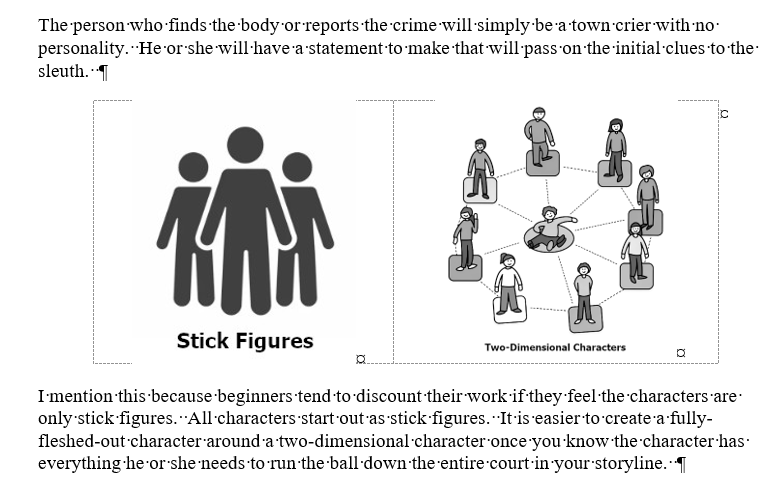
10. To add two pictures side by side, use a table with no borders and center the table. Then center the pictures in each cell. I demonstrate this in the video below.
11. In the workbook, anything with color will be produced in black and white. Just know this ahead of time.
12. In order to have a two tiered table of contents, you will need to use Heading 1 for the top tear titles, and Heading 2 for second tier titles. Likewise, if you will be working with more sub-headings, you will need to use Headings 3, 4, etc.
13. Use Odd-Page Breaks and Even-Page Breaks instead of line breaks!
In my workbook, there were pages that started a new brainstorming method, so I wanted those to be on the right hand side. So I made sure I chose a page break that was a section break (odd page).
Likewise, I had a two-page workbook form that I wanted the user of the workbook to be able to see side by side. So the first page needed to be on the left hand side, so it had to be a section break (even page). I have an example of how it looks in Microsoft Word above.
One further tip is that once you finish your book, you need to save a copy as a PDF. All paperbacks have to be submitted in PDF format to KDP. However, in order for you to check your even and odd pages, it is easier to look at this in the PDF because that will how the extra pages that Word skips. If this doesn't make sense, be sure to check out the video below!
Below is the video which will show up once it is published:
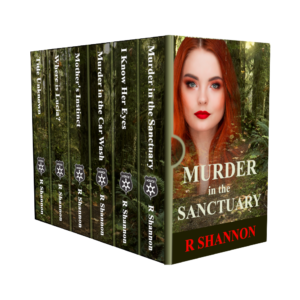 This blog post is done to accompany the video that is posted below. This will give you the instructions that may be helpful to keep open as you create your own 3D Book Series Bundle Cover like the one on the left.
This blog post is done to accompany the video that is posted below. This will give you the instructions that may be helpful to keep open as you create your own 3D Book Series Bundle Cover like the one on the left. want to represent the book series
want to represent the book series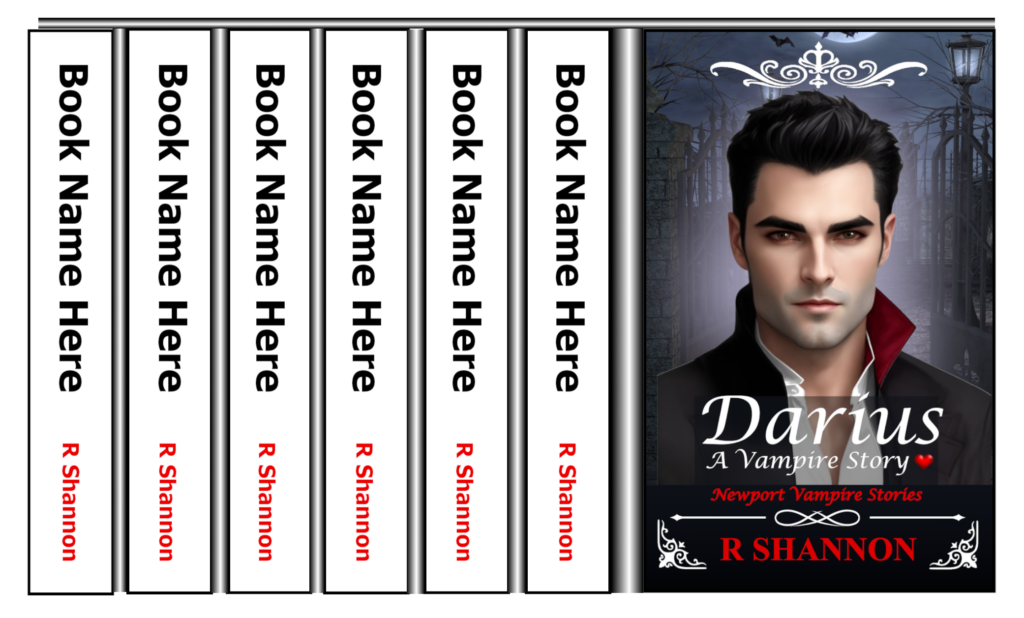
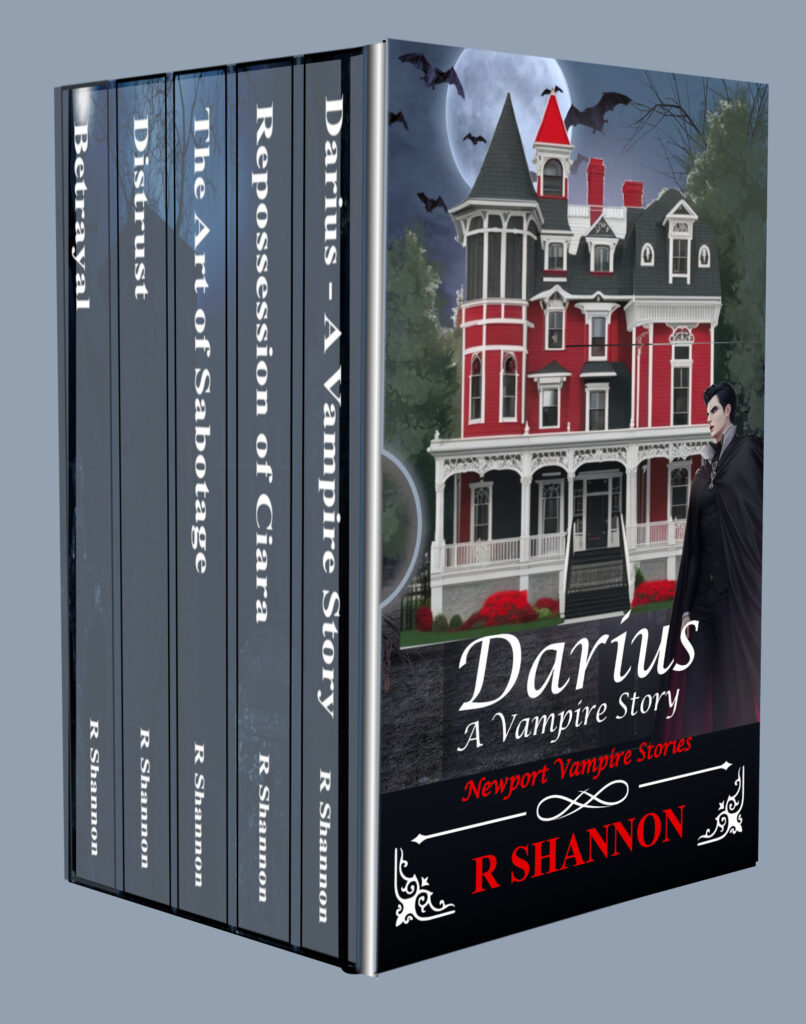

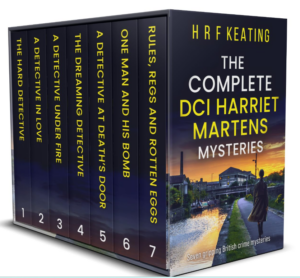

 I just finished formatting and publishing a new workbook entitled Brainstorming: Thinking Up Storylines and wanted to make a blog post and video while all the information was fresh in my mind.
I just finished formatting and publishing a new workbook entitled Brainstorming: Thinking Up Storylines and wanted to make a blog post and video while all the information was fresh in my mind.

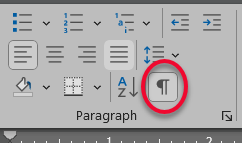



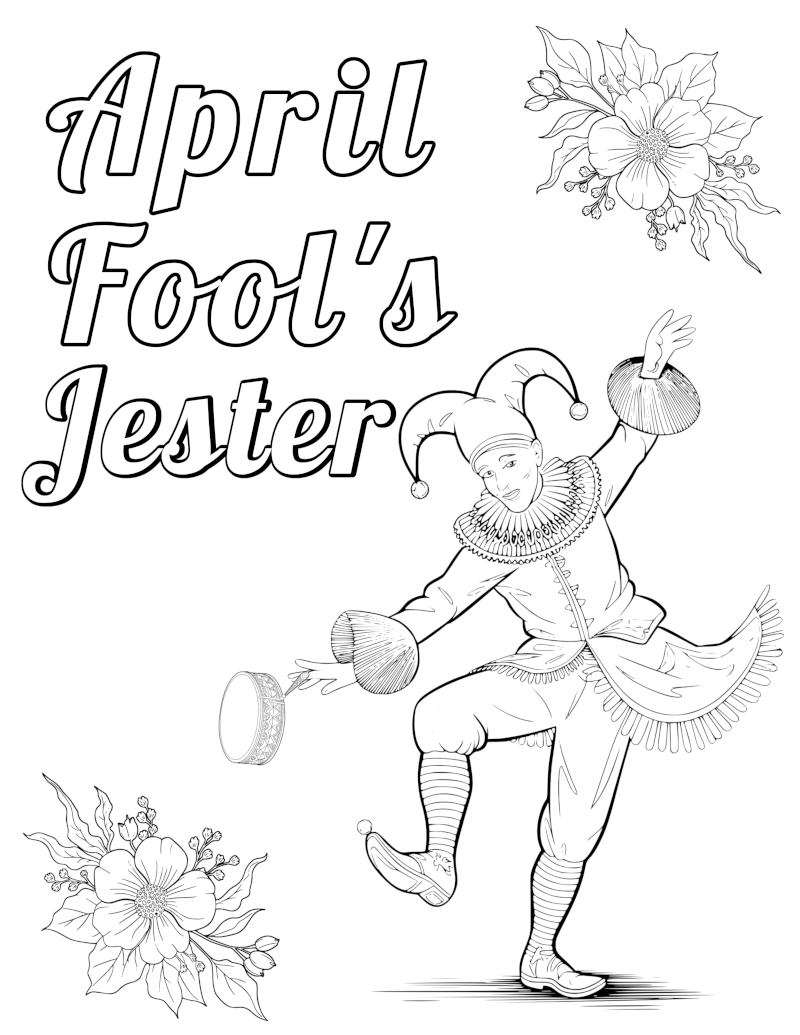
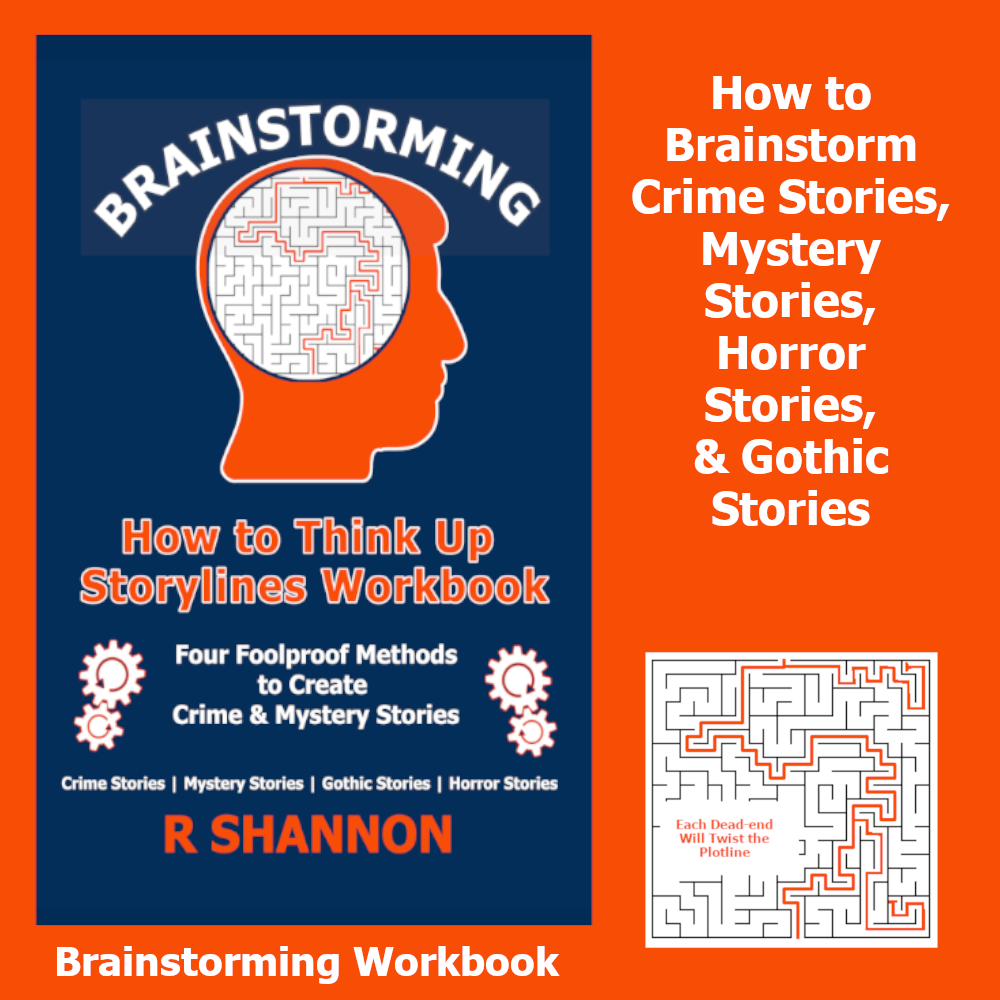
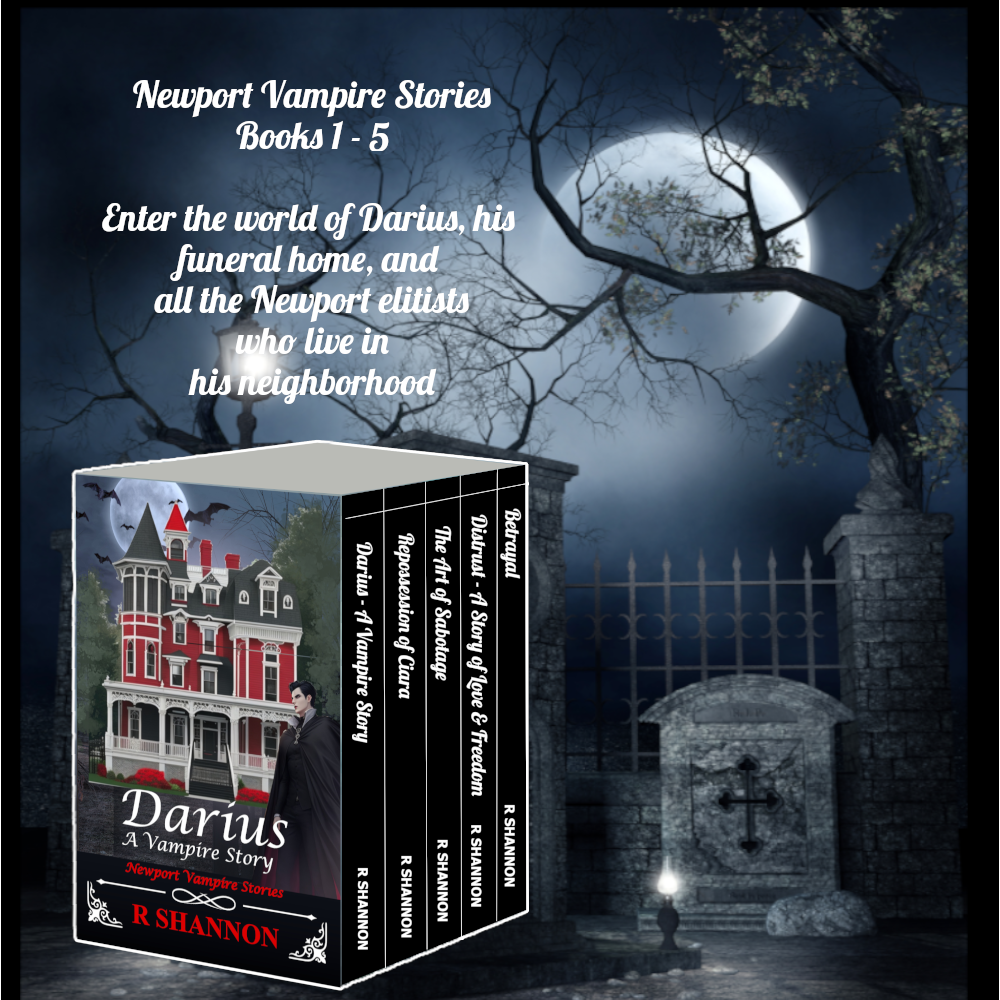 Click here to download the entire series for free -- for a limited time!
Click here to download the entire series for free -- for a limited time!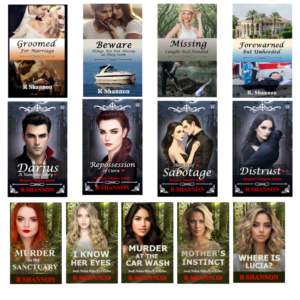
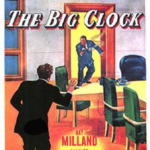
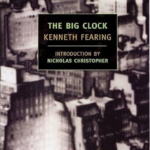
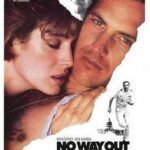
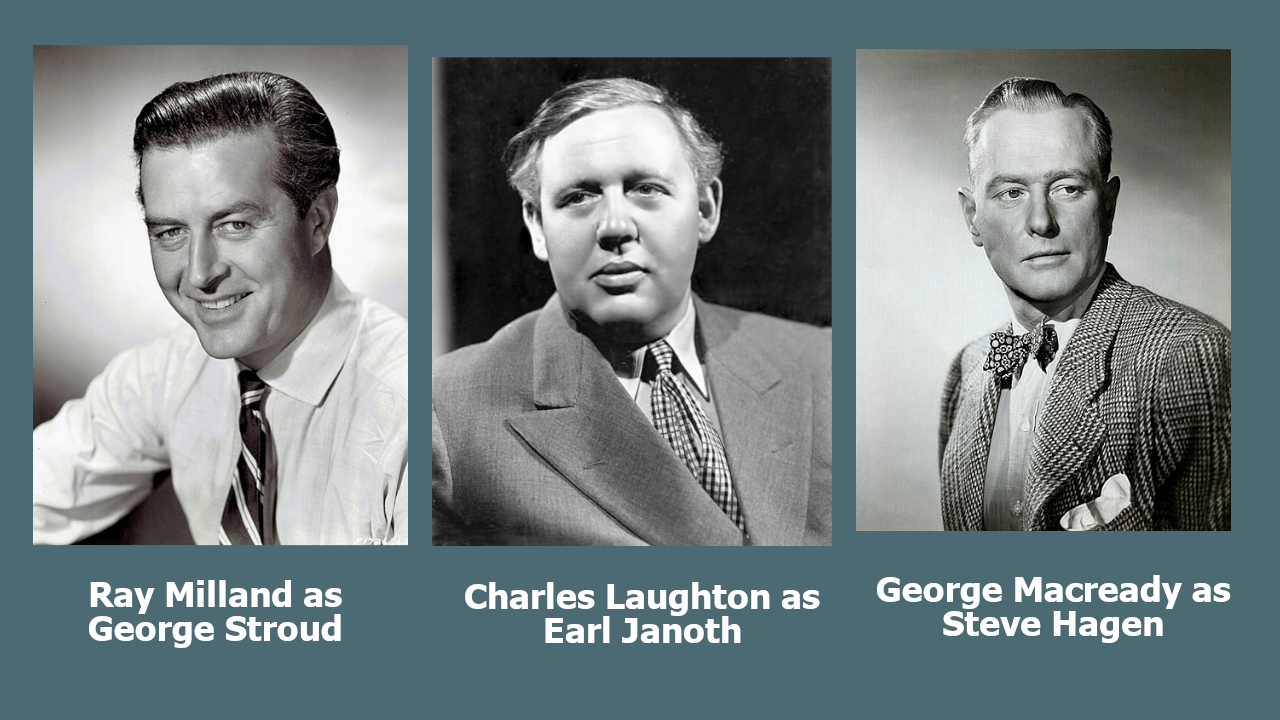
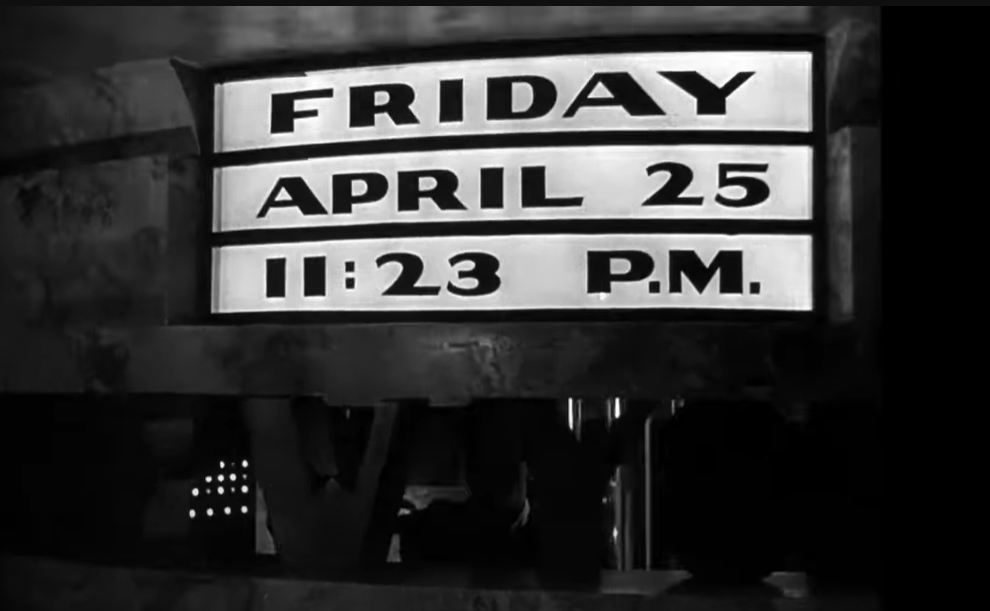
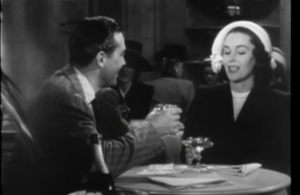 After a tense moment between the two women, Pauling leaves. George smooths down his wife's feathers by showing her he has reserved a table for them to have lunch, and he has ordered champagne, and they will toast their honeymoon.
After a tense moment between the two women, Pauling leaves. George smooths down his wife's feathers by showing her he has reserved a table for them to have lunch, and he has ordered champagne, and they will toast their honeymoon.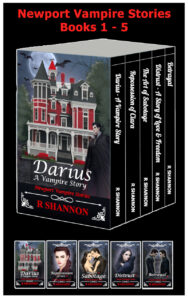 How exciting! I just recently put together my first book bundle for my Newport Vampire Series and decided to put together a how-to blog and video for anyone else who wants to learn how to do it. I've organized the process and I've posted it below and will have a video to accompany it. I hope it saves you several hours of research!
How exciting! I just recently put together my first book bundle for my Newport Vampire Series and decided to put together a how-to blog and video for anyone else who wants to learn how to do it. I've organized the process and I've posted it below and will have a video to accompany it. I hope it saves you several hours of research!
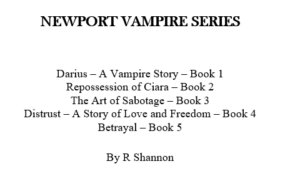 the title of the book to the title of your series. For example: My book was called Darius - A Vampire Story so I changed it to Newport Vampire Stories Series, and listed all five books followed by my author name. I was happy with the way it looked in the final manuscript. If your books have subtitles, I would just put them under the title of the books.
the title of the book to the title of your series. For example: My book was called Darius - A Vampire Story so I changed it to Newport Vampire Stories Series, and listed all five books followed by my author name. I was happy with the way it looked in the final manuscript. If your books have subtitles, I would just put them under the title of the books.